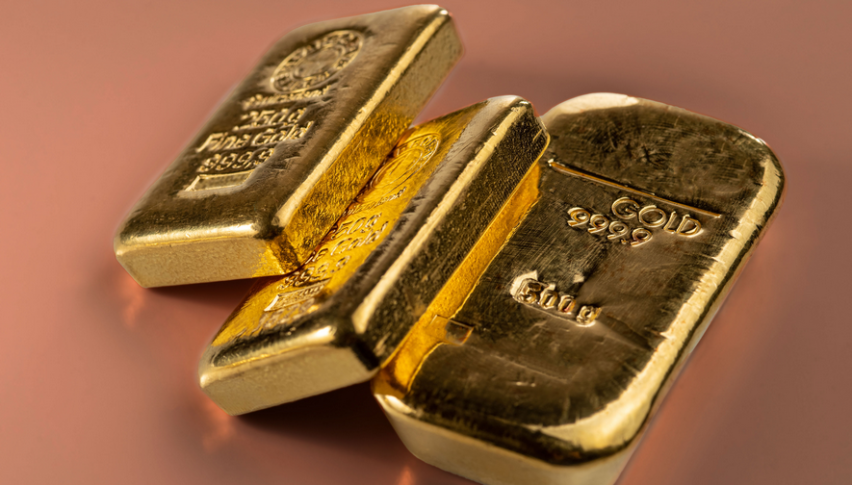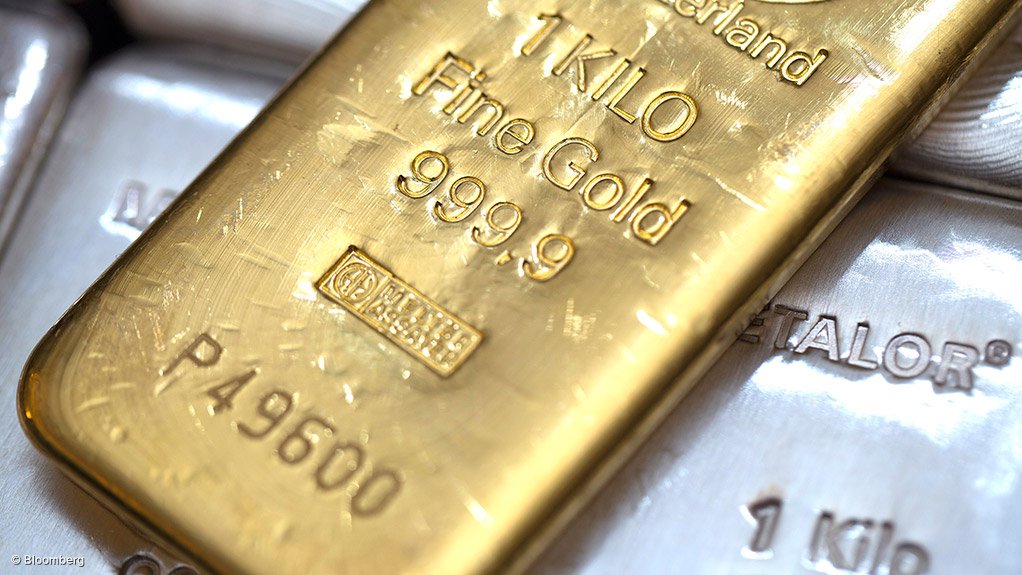Gold: Central Banks Resume Buying Spree in August
Despite record prices, the “gold rush” among central banks shows no sign of slowing — underscoring the metal’s strategic appeal.

Quick overview
- In August, central banks added a net 15 metric tons of gold to global reserves, marking a resumption of accumulation after a brief pause in July.
- The list of buyers expanded to include new entrants like Bulgaria and El Salvador, with seven central banks increasing their gold holdings.
- Despite record high gold prices, analysts suggest that central banks remain interested in gold as a strategic asset amid global monetary uncertainty.
- Kazakhstan, Bulgaria, Turkey, and China were notable contributors to the increase in gold reserves, with Kazakhstan extending its buying streak to six months.
After a brief pause in July, central banks returned to the market in August, adding a net 15 metric tons of gold to global reserves, according to IMF and official data.

The move marks a clear resumption of the accumulation trend that had stalled midyear — with not only higher gross purchases but also fewer sales compared to previous months.
Notably, the list of buyers expanded beyond the usual suspects — Eastern and Central European nations and Central Asia — to include new entrants like Bulgaria and El Salvador. In total, seven central banks reported an increase of one ton or more in their gold holdings, while only two reduced their reserves.
Still, the surge in gold prices — which have repeatedly hit record highs this year — raises questions about how far this buying trend can go. Analysts say the elevated cost may limit further accumulation or even prompt tactical sales, but there’s no sign that central banks are losing interest in gold. On the contrary, recent activity suggests continued diversification away from the U.S. dollar.
August Highlights
- Global totals: Net purchases of 15 tons — in line with the March–June average — marking a rebound after July’s temporary slowdown.
- Kazakhstan: Added 8 tons, extending a six-month buying streak. Total holdings now stand at 316 tons, up 32 tons since late 2024.
- Bulgaria: Increased reserves by 2 tons, the biggest monthly rise since 1997, bringing its total to 43 tons. Bulgaria joins the eurozone in January 2026 and could later transfer part of its gold to the ECB.
- Turkey: Bought 2 more tons, lifting total official reserves (central bank + Treasury) to 639 tons, up 21 tons year-to-date.
- China: Added 2 tons, the tenth consecutive month of accumulation. Total holdings now exceed 2,300 tons, about 7% of its total foreign reserves.
Despite record prices, the “gold rush” among central banks shows no sign of slowing — underscoring the metal’s strategic appeal amid global monetary uncertainty.
- Check out our free forex signals
- Follow the top economic events on FX Leaders economic calendar
- Trade better, discover more Forex Trading Strategies
- Open a FREE Trading Account